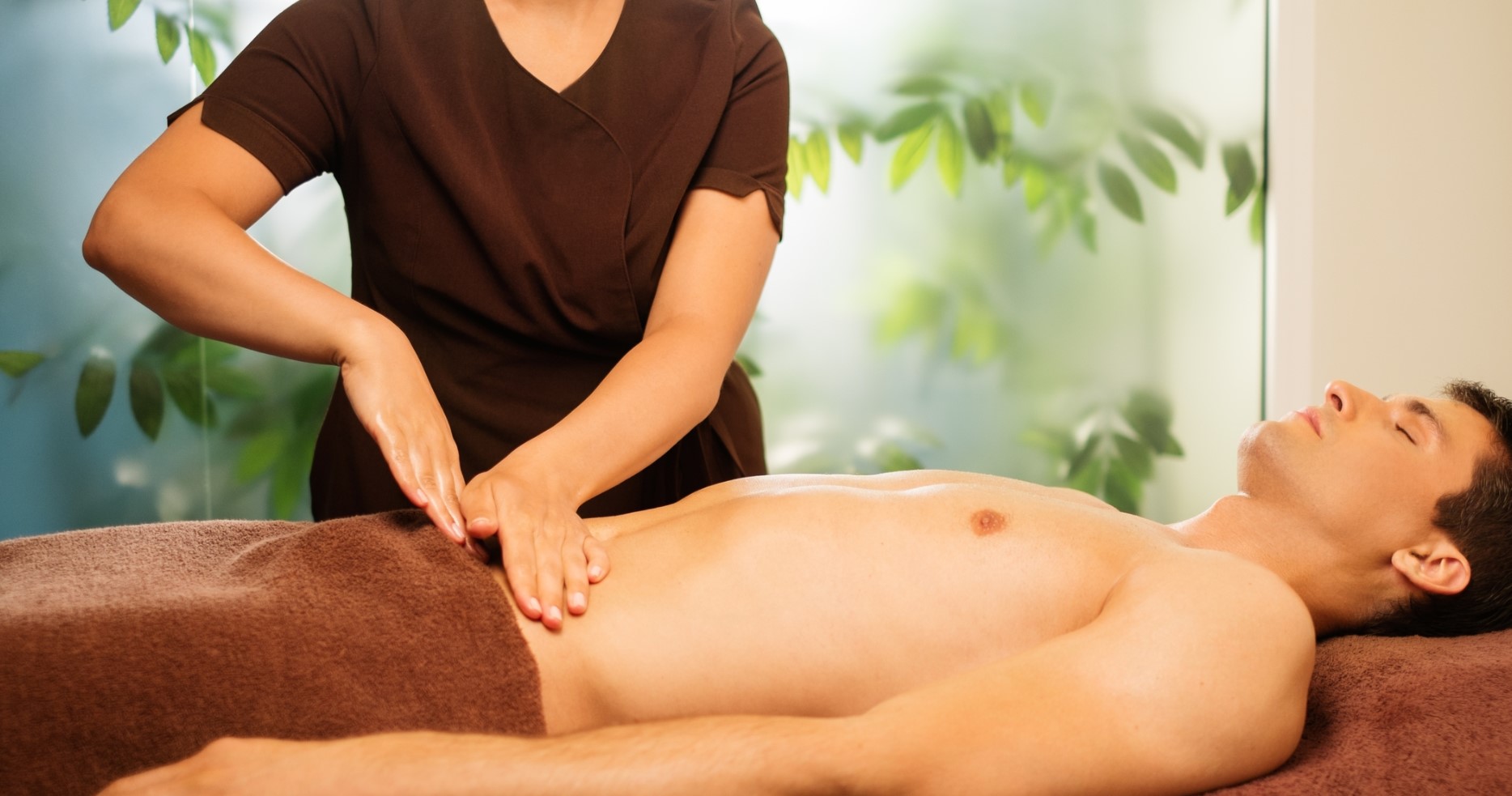Lingam Massage is a sacred and therapeutic practice rooted in Tantric philosophy. It involves the sensual massaging of the lingam, which represents the male phallus, in a ritualistic and meditative manner. Contrary to common misconceptions, Lingam Massage is not solely about achieving sexual climax; rather, it seeks to channel sexual energy throughout the body, fostering emotional, spiritual, and physical well-being.
The Origins of Lingam Massage: Tracing Ancient Roots
The roots of Lingam Massage can be traced back to ancient Tantric traditions in India. Tantrism, a spiritual philosophy that embraces the connection between the physical and spiritual realms, utilizes practices like Lingam Massage to awaken dormant energies within the body. Drawing from ancient texts like the “Kama Sutra,” Lingam Massage emerged as a path to spiritual enlightenment, emphasizing the harmony between the individual and the universe.
The Key Benefits of Lingam Massage
1. Enhanced Intimacy and Connection
Lingam Massage encourages couples to establish a deeper emotional connection. Through mindful touch and exploration, partners can better understand each other’s desires and foster an environment of trust and vulnerability.
2. Stress Relief and Relaxation
The art of Lingam Massage promotes relaxation by activating the body’s parasympathetic nervous system. The release of tension and stress can lead to improved sleep patterns and overall well-being.
3. Heightened Sensuality
Practitioners of Lingam Massage often report heightened sensations and increased awareness of their bodies. This heightened sensuality extends beyond the massage session, enriching daily experiences.
4. Overcoming Performance Anxiety
Lingam Massage can aid in addressing performance anxiety by shifting the focus away from achieving orgasm. This helps individuals embrace pleasure without pressure, leading to a more fulfilling sexual experience.
5. Emotional Release and Healing
The practice can evoke deep emotional releases, allowing individuals to confront and heal past traumas. The safe and nurturing environment of Lingam Massage facilitates emotional breakthroughs.
The Lingam Massage Experience: Step by Step
- Setting the Intention: Begin by setting a positive intention for the session. Create a comfortable and serene environment, free from distractions.
- Breath Awareness: Encourage deep and synchronized breathing to establish a meditative state. This supports the flow of energy throughout the body.
- Awakening the Senses: Utilize sensory elements like scented oils, soothing music, and soft lighting to enhance the overall experience.
- Mindful Touch: With gentle and non-rushed movements, explore different parts of the lingam, including the shaft, tip, and testicles.
- Communication: Maintain open communication with your partner. Pay attention to their reactions and adjust your touch accordingly.
- Cultivating Energy: As sexual energy builds, guide it through the body’s chakras, envisioning it as a flow of light.
- Release and Surrender: Allow your partner to experience a full-body orgasm, if they are comfortable. Focus on the spiritual and emotional aspects of the experience rather than ejaculation.
Is it necessary to have previous experience to practice Lingam Massage?
No, previous experience is not necessary to practice Lingam Massage. Whether you’re new to the concept or have some familiarity with it, anyone can explore and engage in this practice. Lingam Massage is designed to be accessible to individuals at various stages of their journey. It’s more about approaching the experience with an open mind, a willingness to learn, and a respectful attitude towards the practice itself. Whether you’re practicing alone or with a partner, the key is to approach the experience with curiosity, mindfulness, and a genuine desire to connect with yourself or your partner on a deeper level.
Can Lingam Massage cure sexual dysfunctions?
Lingam Massage can contribute positively to a healthier relationship with one’s sexuality and body, but it’s important to note that it’s not a guaranteed cure for serious sexual dysfunctions. While some individuals may experience improved sexual well-being and confidence through the practice, it’s not a replacement for medical or professional treatment for more complex sexual issues. If someone is facing significant sexual dysfunctions, it’s advisable to consult with a qualified medical or mental health professional who can provide appropriate guidance and interventions tailored to their specific needs.
How often should Lingam Massage be practiced?
The frequency of practicing Lingam Massage can vary widely based on individual preferences and needs. There’s no one-size-fits-all answer to how often it should be practiced, as it depends on factors such as personal goals, comfort levels, and availability. Some individuals may find benefit in practicing Lingam Massage regularly, perhaps as a part of their self-care routine or to enhance their intimate connection with a partner. Others might choose to engage in it more sporadically, using it as a way to explore their sensuality on special occasions.
Ultimately, the key is to listen to your body and your desires. If you’re practicing with a partner, open communication can help determine what feels right for both of you. Remember that the intention behind Lingam Massage is to create a positive, nurturing experience that contributes to your overall well-being. As long as it’s approached with mindfulness, respect, and a genuine desire to connect, the frequency of practicing Lingam Massage can be tailored to suit your individual needs and preferences.
Are there any contraindications for Lingam Massage?
Yes, there are certain contraindications to consider when it comes to Lingam Massage. While this practice can be beneficial for many individuals, there are circumstances in which it’s advisable to avoid or postpone the practice. Some contraindications include:
- Infections: If there are any current infections in the genital or pelvic area, it’s best to avoid Lingam Massage until the infection has completely cleared. Massaging infected areas can worsen the condition or spread the infection.
- Injuries: If there are any recent injuries, cuts, bruises, or wounds in the genital area, it’s recommended to wait until the area has healed before engaging in Lingam Massage. Applying pressure to injured areas can impede the healing process.
- Inflammation: Individuals experiencing inflammation in the genital or pelvic region should refrain from Lingam Massage, as it can exacerbate the discomfort and potentially worsen the inflammation.
- Pregnancy: Pregnant individuals should exercise caution when considering Lingam Massage. It’s important to consult with a healthcare provider before engaging in any kind of massage or intimate practice during pregnancy.
- Medical Conditions: Individuals with certain medical conditions, such as blood clotting disorders, cardiovascular issues, or chronic pain conditions, should consult with a healthcare professional before attempting Lingam Massage.
- Emotional State: If someone is emotionally distressed, anxious, or not in the right state of mind, it’s advisable to postpone Lingam Massage. Emotions can impact the overall experience, and it’s important to approach the practice with a clear and focused mind.

